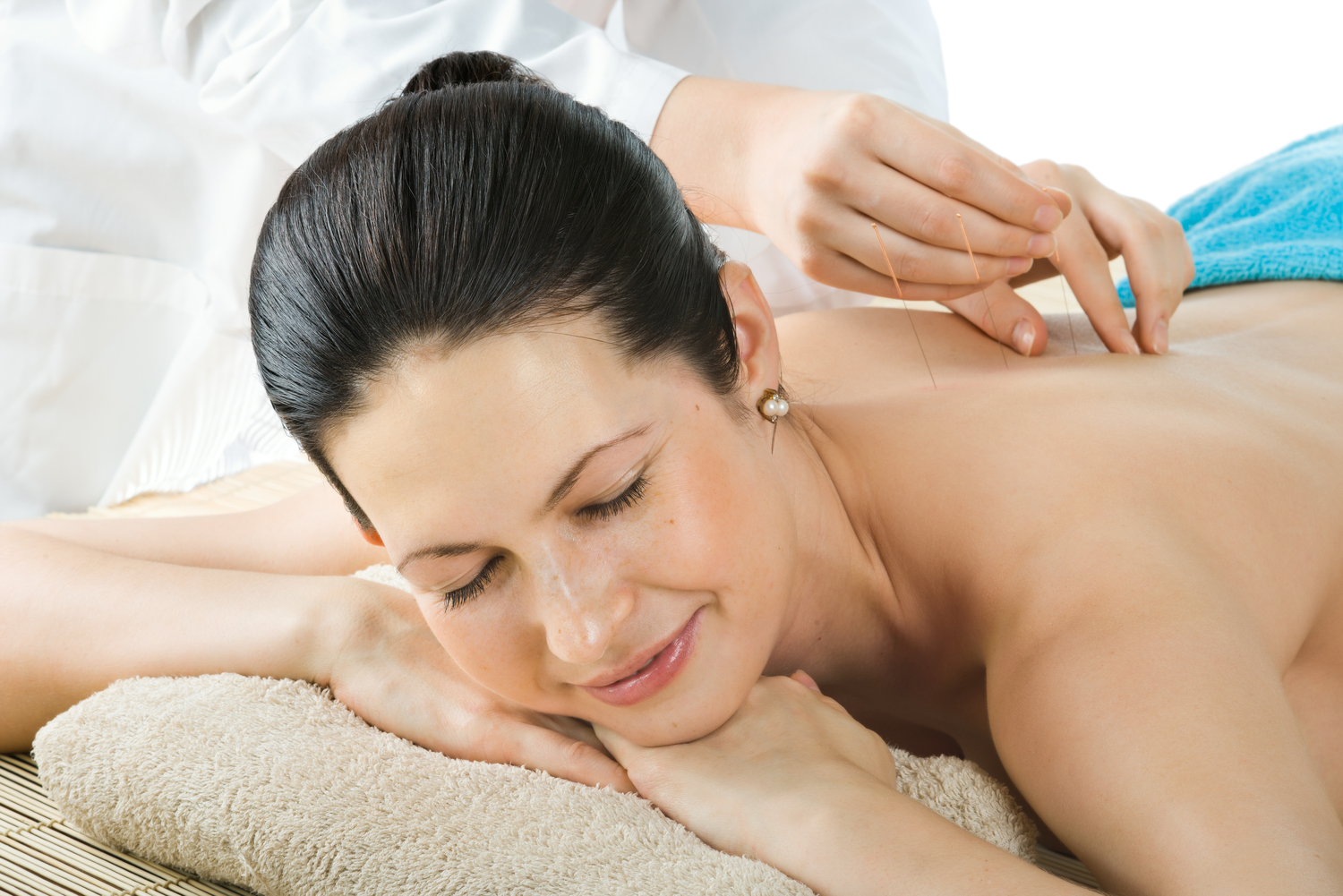Comprehensive Guide to Overactive Bladder: Recognizing Symptoms and Exploring Treatment Options
Overactive bladder (OAB) affects many, especially as they age, causing sudden urges to urinate and frequent bathroom visits that disrupt daily life. This comprehensive guide explores symptoms, causes, and effective management options—including behavioral therapies, medications, and advanced treatments—to help improve quality of life. Early diagnosis and personalized treatment plans are essential. Consult healthcare professionals to address OAB symptoms proactively, ensuring comfort, confidence, and a more active lifestyle. Learn how to recognize key signs and implement strategies for bladder health.

Overactive bladder (OAB) is a prevalent urological condition that affects a significant portion of the population, especially as people age. Characterized by a sudden, persistent urge to urinate that is difficult to control, OAB can interfere with daily routines, social interactions, and overall quality of life. Despite being common among older adults, it is not an unavoidable consequence of aging, and many effective treatments are available to help manage its symptoms and restore comfort and confidence in everyday activities.
Understanding the underlying causes of OAB is essential. It involves issues with bladder storage function, where the bladder involuntarily contracts even when it shouldn’t, leading to frequent urges and sometimes urinary incontinence. Various factors contribute to the development of OAB, including neurological conditions, bladder infections, hormonal changes, and lifestyle factors such as fluid intake and physical activity levels.
One of the most recognizable symptoms of overactive bladder includes a sudden and intense feeling of needing to urinate immediately, which can occur unexpectedly and without warning. These urges can be so compelling that individuals find themselves rushing to find a bathroom, sometimes experiencing urinary leakage or incontinence if they cannot reach the facilities in time. Nighttime urination, or nocturia, is another common symptom, disrupting sleep and leading to fatigue during the day.
People with OAB often experience frequent urination during the day, which might be every hour or even more often. This increased frequency can lead to constant planning around bathroom availability, impacting work, social events, and recreational activities. The fear of involuntary leakage can cause embarrassment, anxiety, and avoidance behaviors that further diminish quality of life.
Early diagnosis is crucial. Recognizing the key signs early allows for timely intervention that can significantly alleviate symptoms. Besides urgent needs and incontinence, other signs include a feeling of incomplete bladder emptying, urinary urgency associated with minor amounts of urine, and disruptions in sleep patterns due to nighttime urination.
While OAB is more common among the elderly, it does not necessarily follow the aging process and can affect adults at different life stages. Lifestyle modifications, behavioral therapies, medications, and in some cases, surgical interventions, are all viable options for treatment. Lifestyle adjustments such as reducing caffeine and alcohol intake, managing fluid consumption, and maintaining healthy weight contribute to symptom management.
Behavioral therapies include bladder training exercises that gradually increase the interval between bathroom visits, pelvic floor muscle training (Kegel exercises) to strengthen bladder support, and biofeedback techniques. These non-invasive methods can significantly reduce urgency and frequency when performed consistently.
Medications aimed at relaxing the bladder muscles or modifying nerve signals can provide relief for many sufferers. These include anticholinergic drugs and beta-3 adrenergic agonists. However, medication use should be monitored by healthcare providers for potential side effects and effectiveness.
In cases where conservative treatments are insufficient, other procedures such as nerve stimulation therapies or minimally invasive surgeries may be considered. These advanced options are typically reserved for severe cases that do not respond to initial treatment plans.
If you experience symptoms of overactive bladder, consulting a healthcare professional is highly recommended. Proper diagnosis and tailored treatment strategies can greatly improve your quality of life, reduce embarrassment, and restore confidence in your daily activities. Addressing OAB proactively enables individuals to reclaim control, enhance comfort, and maintain an active, social lifestyle without the constant worry of accidents.
Key symptoms of overactive bladder include sudden urges to urinate, disrupted sleep due to nocturia, frequent urination during the day, and urge incontinence. Recognizing these signs early and seeking professional help can lead to effective management and significant improvement in quality of life. If you notice these symptoms, don't hesitate to consult your healthcare provider to explore suitable treatment options and regain control over your bladder health.





